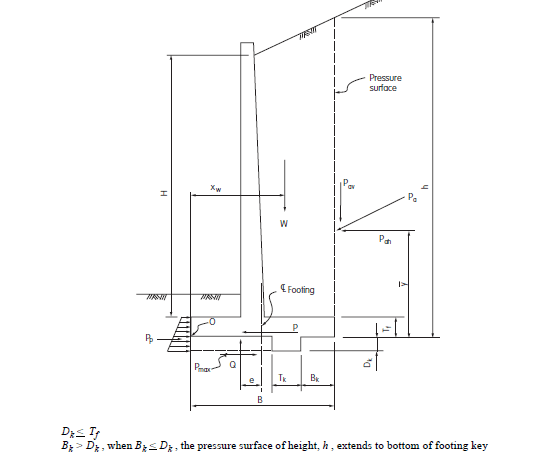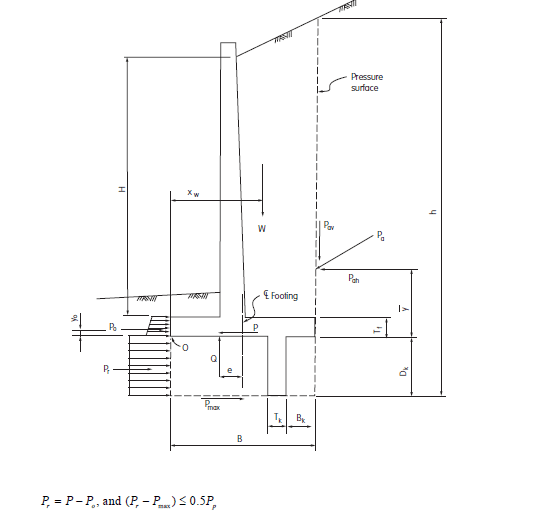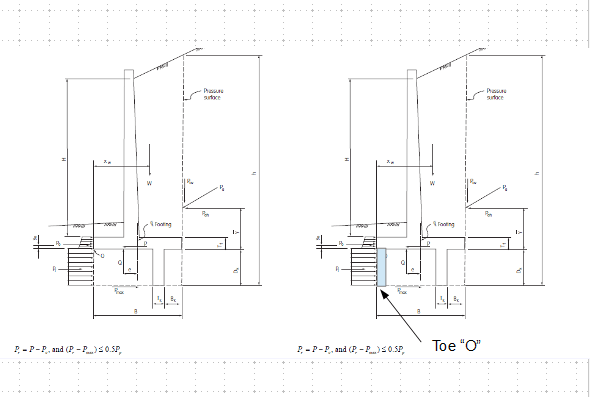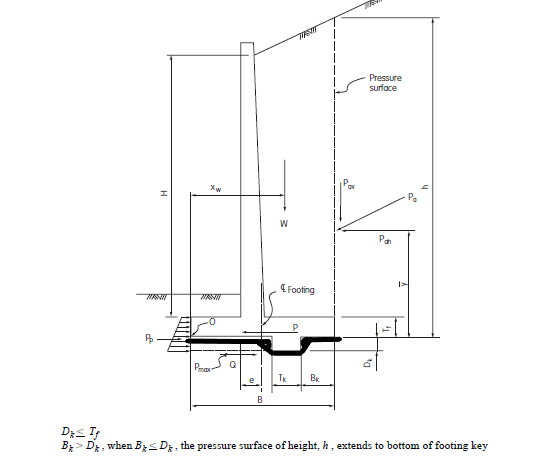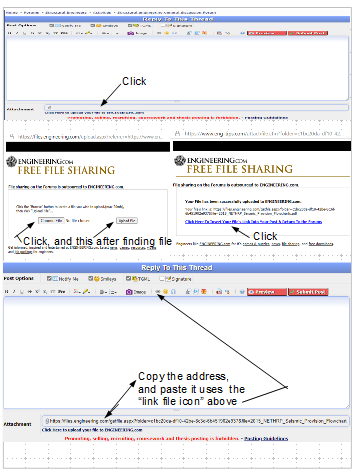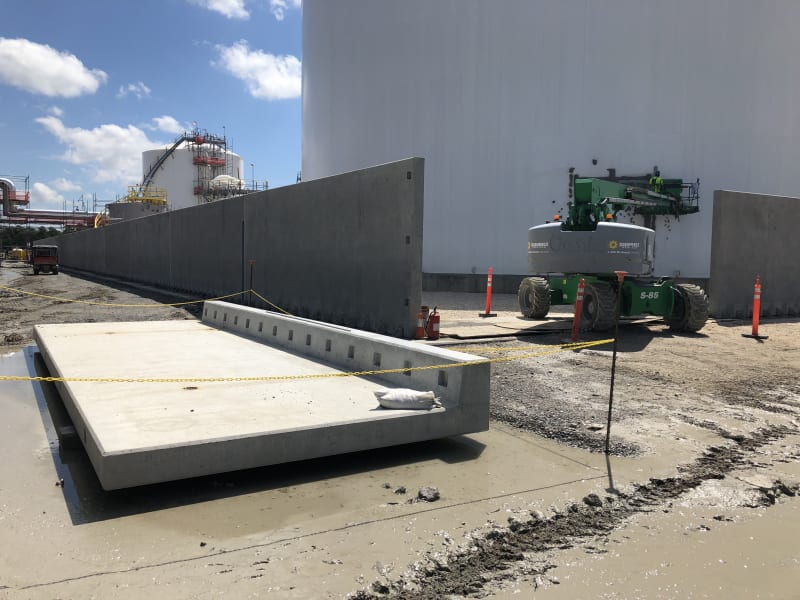PEStruc
Civil/Environmental
- Mar 27, 2014
- 11
I'm Working on checking the sliding for a retaining structure that is in a high seismic zone and I have issue with the sliding. Tried to add shear key but thigs get worse because after adding the key, both passive and (active, surcharge and seismic earth pressure) increased, but the increases of the sum of (active, surcharge and seismic earth pressure) is greater than the passive pressure.
By consulting another engineer, he mentioned that If the key is placed away from the face of the wall receiving active earth pressure, the key will not be subject to any earth pressure and the earth pressure diminishes as you move away from the soil wedge that is bound by the retaining wall and the angle of internal repose of the soil.
Tried to look online and found some examples that are in line with the above statement and some are not. Any one knows reference that talks about this issue in particular and whether we should calculate the active earth pressure to the bottom of the shear key or to end it at the bottom of the foundation? Appreciate the help!
By consulting another engineer, he mentioned that If the key is placed away from the face of the wall receiving active earth pressure, the key will not be subject to any earth pressure and the earth pressure diminishes as you move away from the soil wedge that is bound by the retaining wall and the angle of internal repose of the soil.
Tried to look online and found some examples that are in line with the above statement and some are not. Any one knows reference that talks about this issue in particular and whether we should calculate the active earth pressure to the bottom of the shear key or to end it at the bottom of the foundation? Appreciate the help!

